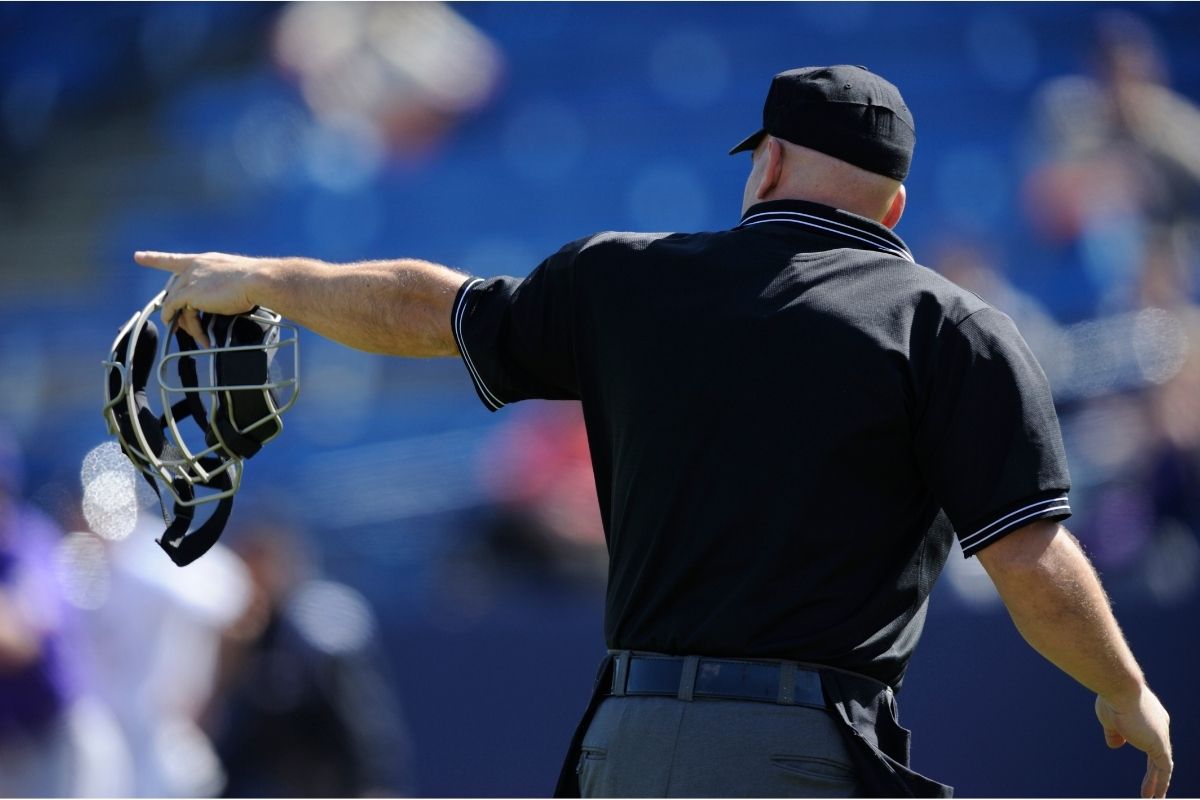Corner kicks are one of the most exciting ways to restart play in soccer and can lead to some impressive and unexpected goals when pulled off correctly.


But what exactly are corner kicks, and how do they work? Don’t worry – this handy guide has everything you need to know!
We’ve gathered everything there is to know about corner kicks into one place, so you know exactly what a corner kick is and how they work.
So read on, and we’ll teach you the ins and outs of corners in soccer!
What Is A Corner Kick?
Let’s start off by defining what exactly is a corner kick. As mentioned before, corner kicks are a way of restarting play in soccer.
Play in soccer can be restarted in several different ways depending on why and how it was stopped; these include penalties and free-kicks, a throw-in after the ball leaves the field of play, and (of course) corner kicks.
Like a throw-in, corner kicks occur when the ball leaves the soccer pitch.
However, corner kicks only happen under certain circumstances and are more situational than throw-ins.
The main difference here is that corner kicks are awarded when the ball passes over the goal line (aka the far line of the pitch behind the goal) and was last in contact with a member of the defending team.
Corner kicks are generally more high-stakes than a normal throw-in. This is because, unlike throw-ins and indirect free-kicks, a corner kick can directly score a goal.
On top of this, the proximity to the goal means that there is a far higher chance of scoring if it’s played right.
However, the angle that the player has to kick the ball at (along with the group of defending players) makes it tricky to score from a corner; essentially, corner kicks are a more difficult type of free-kick.
When Are Corner Kicks Made?
As mentioned above, a corner kick is awarded when the ball leaves the field under certain conditions.
Unlike throw-ins, which happen when the ball leaves the pitch on either of its longer sides, a corner kick is only awarded when the ball passes over the goal line either on the ground or in the air.
It isn’t enough for the ball to just pass the goal line, however; the circumstances of it leaving the pitch also come into play here.
In order for the attacking team to be awarded a corner, a player on the defending team must have been the last person to come into contact with the ball.
This can be a result of a defending player kicking the ball out of play to keep the goal protected, or even if the ball makes contact with a defending player after being kicked by an attacking player.
As long as the defending team’s players were the last people to touch the ball before it left the pitch, the attacking team will be awarded the corner kick.
If the ball leaves the field over the goal line but an attacking player was the last person in contact with it before it left the field, then a corner kick isn’t awarded; instead, possession is passed to the defending goalkeeper to restart play.
Corner Kick Rules: A Breakdown
We’ve already covered why a corner kick can be awarded, but what are the rules for actually taking a corner kick?
Here’s a quick breakdown of the most important corner kick rules:
The Ball Must Be Stationary When Kicked


While this might sound like an obvious rule, it’s still an important one to remember.
If the ball is allowed to still be moving when the corner kick is made, the player making the kick can use this to try and catch the defending team off-guard by rush-kicking the ball.
By requiring the ball to be stationary before the corner kick can be made, the defending team can have the chance to prepare themselves.
In many cases, the player making the corner kick must wait for the referee to signal with their whistle before they can take the kick.
The Ball Is In Play When It Has Been Kicked And Moves
Again, another obvious-sounding rule but one that serves an important purpose.
This rule ties in with Rule 1 in that it prevents the attacking team from trying to catch the defending team off-guard.
Players won’t always take their corner kick by booting it towards the goal; instead, they might choose to just nudge the ball towards their teammate, either to set them up for a better shot or to ensure their team keeps possession of the ball.
This rule means that the ball is classed as ‘in-play’ from the moment the player kicks it enough to move, and the defending team is then able to try and gain possession.
The Ball Must Be Placed In The Corner Closest To Where It Passed The Goal Line
The side of the field that the corner is taken from depends on which side it left the field.
For example, if the ball passed over the goal line to the left of the goal, the corner kick would be taken from the left corner.
This can either be a help or a hindrance, as corner kick specialists are often better with one foot than the other – this means that a corner kick on the wrong side can be far trickier than their preferred side.
Defending Players Must Stay At Least 10 Yards From The Corner Area
This rule basically speaks for itself – in order to give the player some room to work with, defending players must stay a minimum of 10 yards away from the corner arc until the ball is back in play.
This is to stop opposing players from blocking the ball as the corner kick is being made.
The Corner Flag Can Not Be Moved
The flags in the corners of a soccer pitch aren’t just decorations, and they are important for marking the pitch boundaries.
These corner flags can’t be moved under any circumstances, even to give the player taking the corner kick a better angle.
Final Thoughts
Corner kicks are an exciting and tense part of a soccer game, and a well-played corner can make the difference between a goal or a miss.
While corner kicks might seem confusing at first, they are actually pretty simple.
Now that you know what corner kicks are, how they work, and some of the rules surrounding them, you know everything there is to know about corner kicks!
- Can You Play Pickleball on Grass? Tips and Tricks - June 12, 2023
- Do Pickleballs Wear Out? Everything You Need to Know - June 12, 2023
- Can You Play Pickleball on Concrete? A Guide to Playing on Hard Surfaces - June 12, 2023








